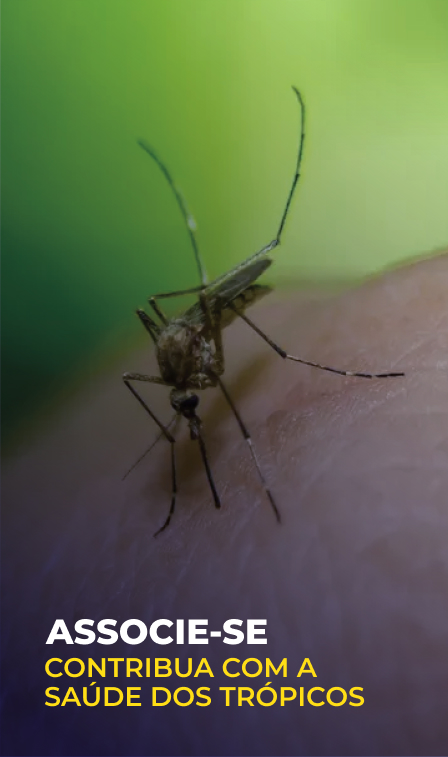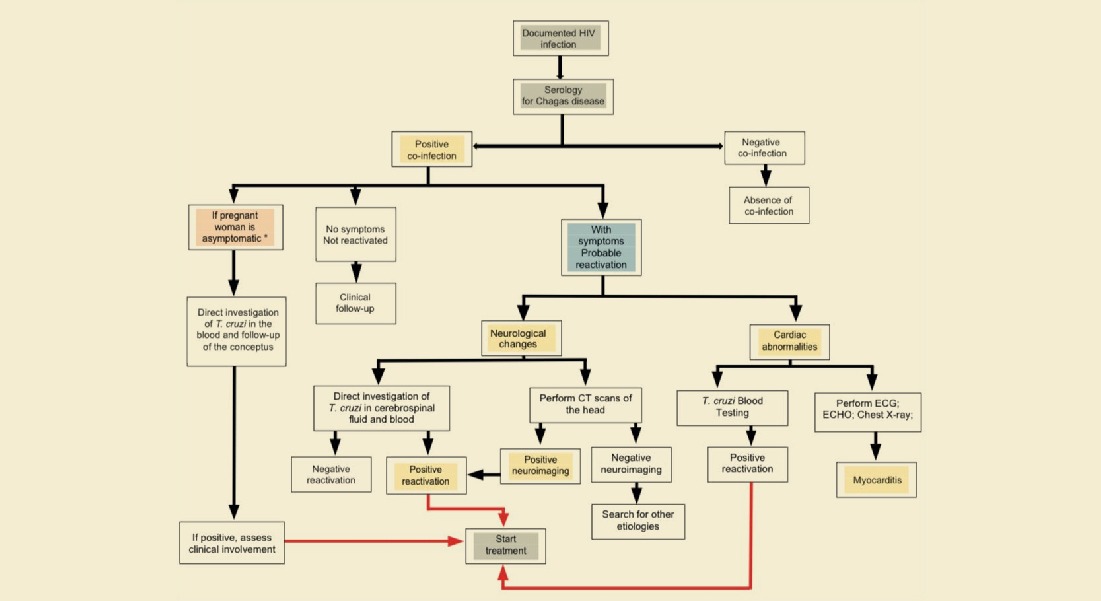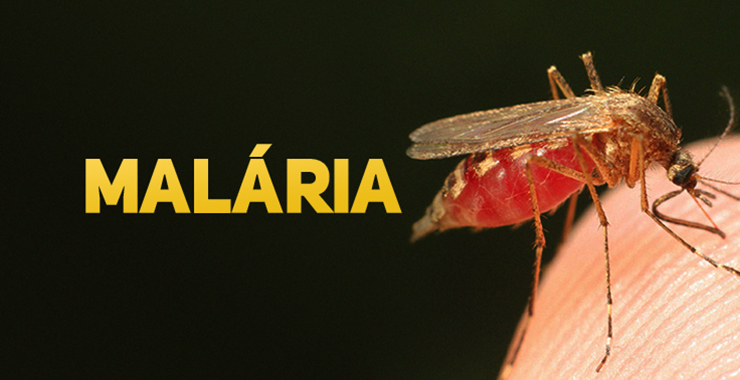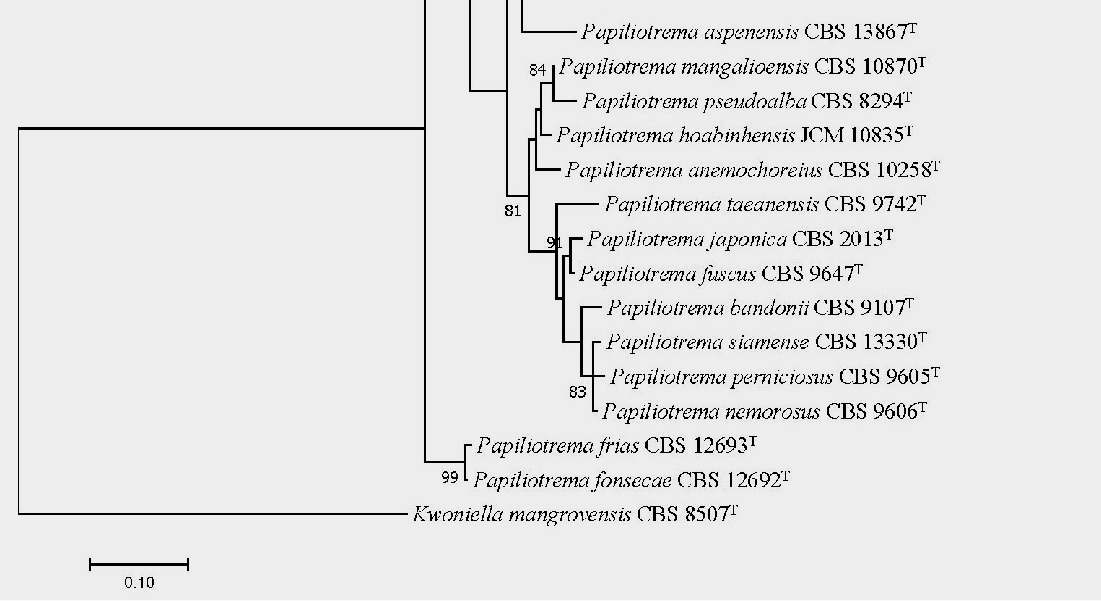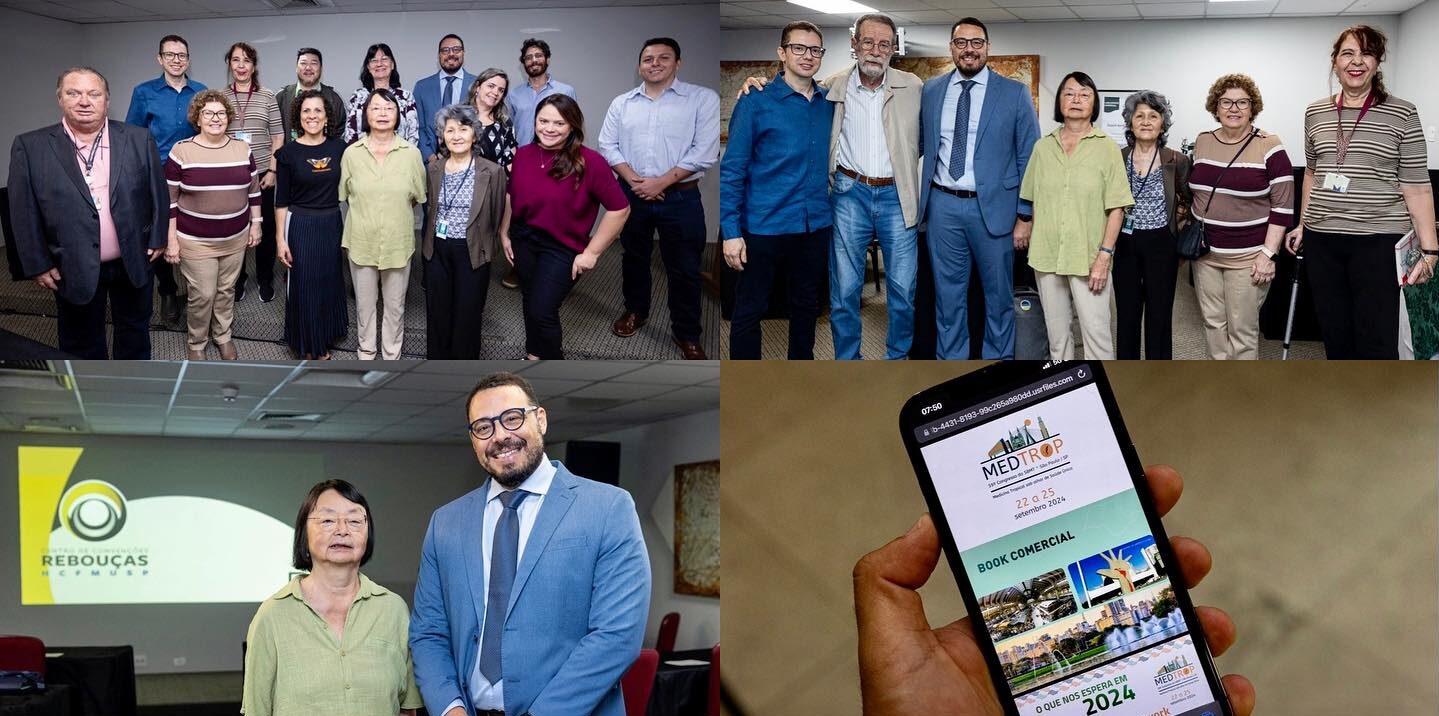
Oropouche: fever caused by the virus sparks alert in Colombia
In Colombia, at least 16% of fever cases are caused by oropouche, a virus that can potentially emerge at any time and cause a serious public health problem
09/02/2023
Experts draw attention to the fact that the oropouche virus may be the cause of many suspected cases of dengue fever
An article entitled “Oropouche virus as an emerging cause of acute febrile illness in Colombia”, published in 2022, developed in collaboration between the One-Health Genomics Laboratory at the National University of Colombia, Abbott Pandemic Defense Coalition and Global Health Institute at the University of Wisconsin (Madison, United States), revealed that in some Colombian cities, at least 16% of all fever cases were caused by the Oropouche virus (OROV). The sample consisted of 2,967 patients from Colombia, including Cucuta, Cali, Villavicencio and Leticia, who had febrile diseases with no identified infectious cause: the seroprevalence of the Oropouche virus was 16%. The finding outlines a roadmap to prevent and address future public health problems in the country.
Dr. Jorge Osorio, professor of virology and also director of the Institute for Global Health at the University of Wisconsin, one of the authors of the paper, explains that the research explored the etiology of acute febrile illness, since Oropouche was not being tested in clinical febrile patients. According to him, the suspicion, in most of the patients tested, was for malaria, dengue or some other arboviral disease such as chikungunya or Zika. “Our surprise was when the samples were negative for these pathogens. So, we did more testing using molecular approaches for the discovery of other pathogens and initially found Oropouche sequences in some of them. We then performed additional tests on these samples and found that Oropouche was significantly present in most negative patients” he adds. Another fact that caught the team’s attention was that the antibodies to Oropouche virus were found in all four cities included in the study (Cucuta, Cali, Villavicencio and Leticia), indicating that the Oropouche is widely spread. Of great interest, is the detection in Leticia, the southernmost city of Colombia and capital of the department of Amazonas, where a significant number of febrile patients infected with Oropouche were found.
Research allows to prevent and face future problems
In Colombia, although several cases of Oropouche have already been detected, the country remains focused on dengue. “When we look at the literature, Oropouche is actually prevalent in many locations in South America, the problem is that here we usually don’t test for it. In addition, patients who are infected have clinical signs that are very common of a febrile illness, such as rashes and headache. Therefore, most doctors do not suspect Oropouche, whose symptoms are very similar to those of dengue,” recognizes Dr. Jorge Osorio. According to him, dengue stands out among all arboviruses as number one, but there is data to suggest that Oropouche may be the second most important. “Colombia is very focused on dengue because it is the most important disease we have in the country and in the region that is transmitted by mosquito vectors. Added to this is the importance of pathogen discovery and active surveillance to understand which pathogens are circulating in the region. That is why we were surprised to learn that Oropouche had such a large number of cases,” he emphasizes.
First reported in 2017, in Cartagena, a port city on Colombia’s Caribbean coast, Oropouche fever remained a little-detected disease in the country because there aren’t many diagnostic tests. Dr. Jorge Osorio states that most of the time the diagnoses have a high degree of certainty, but there are no kits available to make commercial diagnoses for patients with Oropouche. “At this time there is no commercial kit available. We intend to do more tests with some samples that are being collected in different parts of the country and continue with our research. In view of how significant the problem of Oropouche is, it is necessary to develop commercial tests,” he points out. Also according to him, given its clinical presentation, Oropouche fever should be included in the differential diagnosis of other frequent and newly emerging and re-emerging diseases, such as dengue, chikungunya, yellow fever and Zika.
Asked if Colombia could be the origin of a disease with the potential to become an epidemic or pandemic in the future, the professor recalls that Colombia, Brazil and other countries in the Amazon region are considered hot spots for zoonotic and vector-borne diseases. “It is possible that in the future, new emerging diseases may emerge from some of these regions of the Amazon. We need to be very vigilant to avoid a situation similar to what happened with Zika that started in Brazil and then expanded to Colombia, where the impact was quite significant” he says. He also warns of the need to keep studies of pathogens, list them, indicate their original location, where they are, as well as report the results in order to prevent these diseases or stop their spread, as part of an information network.
Finally, Dr. Jorge Osorio admits that it is still necessary to understand the dynamics of transmission of the Oropouche in the region. “Literature describes two different cycles: one urban and the other sylvatic cycle. I definitely believe that there is more work to be done to understand which mosquito vectors are involved in transmission, which reservoirs and hosts, and we also need more information about this disease so that we can find treatments and better support prevention. It is essential to understand how important the problem is,” he concludes.
With information on the emerging circulation of the pathogen, the authors recommend that measures be taken in Colombia to increase testing for Oropouche and also implement mitigation strategies to decrease exposure and spread of the fever in important locations such as Leticia. In addition to this diagnostic work, a genomic characterization of the virus was performed to provide epidemiological tools for the study of emerging diseases in Colombia.
Virus found in other parts of the Americas
Oropouche is widely distributed in South America, Central America and the Caribbean and can spread rapidly, with potential for outbreaks. Since one of the most significant outbreaks in Peru in 2016, special attention has been given to the incidence of the virus. In Venezuela the Oropouche is also found frequently. In Brazil, after the Zika epidemic in 2015, and an outbreak of yellow fever in 2017, the country also raised the alert for the risk of this virus, which has adapted to the urban environment and has come closer and closer to large Brazilian cities. It was first identified in Brazil in the 1960s and more than 500 cases have been reported in recent decades. Unfortunately, there are few places with resources for laboratory confirmation. In the region of Ribeirão Preto, for example, only the “Clinics Hospital” [Hospital das Clínicas] is prepared. Oropouche is a virus that can potentially emerge at any time and cause a serious public health problem in Brazil.
Oropouche is an arbovirus of the family Bunyaviridae (Simbu serogroup), transmitted by Culicoides paraensis mosquitoes, also known as borrachudo or maruim, of the family Ceratopogonidae, found in standing waters. But it has also been proven that other vectors can also transmit the virus, including the Aedes aegypti. There is a wild cycle that involves hosts such as primates and sloths, and an urban cycle where the human remains the primary host. The disease produces symptoms like those of dengue. After an incubation of 4 to 8 days, the symptoms are: high fever, headache (headache), arthralgia (joint pain), myalgia, chills, sometimes with nausea, vomiting and rash. Symptoms last for 5 to 7 days, however, full recovery can take several weeks in some patients. Rare cases of meningoencephalitis have been reported. Oropouche was first detected in 1955, in Trinidad and Tobago, in the Caribbean.





